Architects and builders are constantly pushing boundaries, using cutting-edge techniques to create solid structures that are not only visually stunning but also sustainable and efficient. So, if you’re building a property unit such as a home, office, or retail store, it’s a good idea to hire an architect.
But do you know what makes them keep pushing boundaries? What cutting-edge techniques do they use in their construction projects? Today, we’ll show you how architects do all their wonderful jobs and how these innovative techniques are reshaping the world of architecture.
Prefabrication and Modular Construction
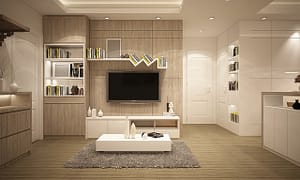 Prefabrication and modular construction have revolutionized the way buildings are designed and constructed. Instead of traditional on-site building methods, this innovative approach involves manufacturing components off-site in controlled factory environments. You can learn more about it at msn.com/de-de/.
Prefabrication and modular construction have revolutionized the way buildings are designed and constructed. Instead of traditional on-site building methods, this innovative approach involves manufacturing components off-site in controlled factory environments. You can learn more about it at msn.com/de-de/.
One of the major advantages of prefabrication is its ability to reduce construction time significantly. With modules being built simultaneously at the factory, project timelines can be greatly expedited. This not only saves costs but also allows for quicker occupancy or utilization of the structure. Moreover, prefabrication offers greater precision and quality control. Since the components are fabricated in a controlled environment, they undergo rigorous inspections to ensure adherence to design specifications. This minimizes errors and enhances overall structural integrity.
Building Information Modeling (BIM)
Moving on, let’s talk about BIM. This innovative technique involves creating a digital model of a building, incorporating various data points such as dimensions, materials, and systems. BIM allows for seamless collaboration among different stakeholders throughout the entire lifecycle of a project. With BIM, all parties in the project can detect clashes and conflicts before construction begins. By visualizing the building in three dimensions, potential issues can be identified early on, saving time and money that would otherwise be spent on costly rework. Furthermore, BIM enables accurate quantity takeoffs and cost estimation. The data-rich models provide precise information about material quantities required for each element of the structure, allowing for more accurate cost forecasting.
Green Roof Installation
These green roof installations provide numerous benefits to buildings and their surroundings. First and foremost, they help reduce energy consumption by providing natural insulation. The layers of vegetation act as a barrier against heat transfer, keeping buildings cooler in summer and warmer in winter. Moreover, these living rooftops enhance biodiversity within urban areas by providing habitats for various species of birds, insects, and even small mammals. They create pockets of nature amidst concrete jungles where flora can thrive alongside fauna.
AR in Construction Planning
 By overlaying digital data in the real world, AR technology provides architects, engineers, and contractors with a new level of visualization and collaboration. With AR in construction planning, professionals can create accurate virtual models of buildings and structures that can be easily viewed and interacted with in real time. This allows stakeholders to understand better the project’s layout, scale, and functionality before any physical work begins. It also increases efficiency by eliminating errors or misinterpretations that may arise from traditional 2D blueprints. From prefabrication and modular construction to Building Information Modeling (BIM), green roof installations, and augmented reality in construction planning, these advancements are driving efficiency, sustainability, and cost-effectiveness.
By overlaying digital data in the real world, AR technology provides architects, engineers, and contractors with a new level of visualization and collaboration. With AR in construction planning, professionals can create accurate virtual models of buildings and structures that can be easily viewed and interacted with in real time. This allows stakeholders to understand better the project’s layout, scale, and functionality before any physical work begins. It also increases efficiency by eliminating errors or misinterpretations that may arise from traditional 2D blueprints. From prefabrication and modular construction to Building Information Modeling (BIM), green roof installations, and augmented reality in construction planning, these advancements are driving efficiency, sustainability, and cost-effectiveness.


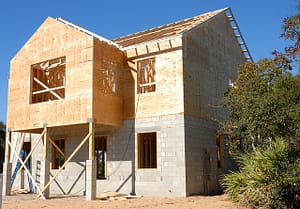 Renovating your private home involves updating, upgrading, or changing the existing structure. This can include anything from small cosmetic improvements to major structural alterations. Renovations can be a cost-effective way to improve your current living space without the hassle of moving. Plus, they can add value to your property and increase marketability when it’s time to sell.
Renovating your private home involves updating, upgrading, or changing the existing structure. This can include anything from small cosmetic improvements to major structural alterations. Renovations can be a cost-effective way to improve your current living space without the hassle of moving. Plus, they can add value to your property and increase marketability when it’s time to sell.
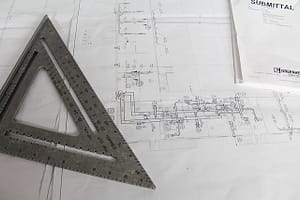 One of the primary reasons behind the failure of home construction projects is the absence of thorough planning. Rushing into a project without a clear vision, budget, and timeline often leads to costly mistakes and unnecessary delays. Detailed planning involves creating a comprehensive blueprint, consulting professionals, and considering all the essential factors to ensure the project progresses smoothly.
One of the primary reasons behind the failure of home construction projects is the absence of thorough planning. Rushing into a project without a clear vision, budget, and timeline often leads to costly mistakes and unnecessary delays. Detailed planning involves creating a comprehensive blueprint, consulting professionals, and considering all the essential factors to ensure the project progresses smoothly.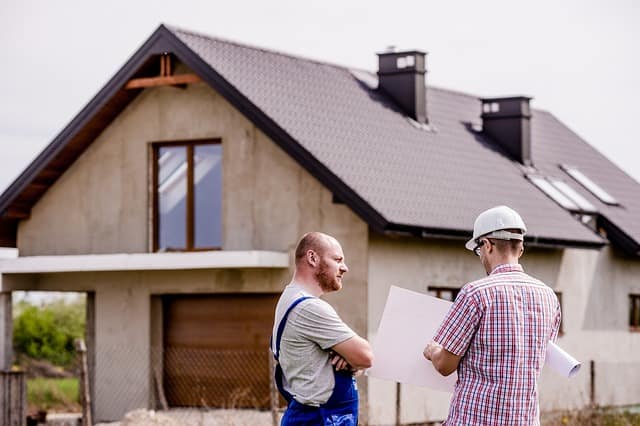
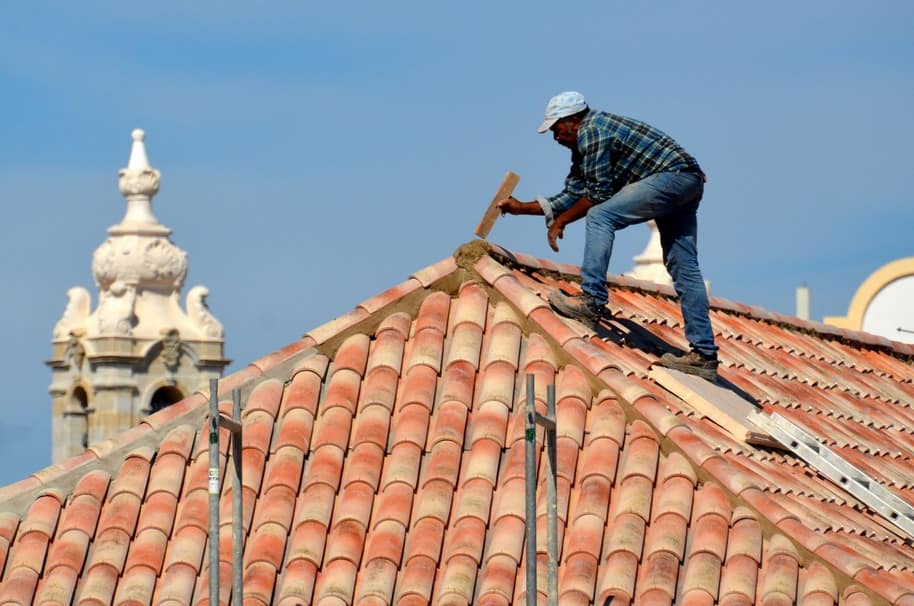
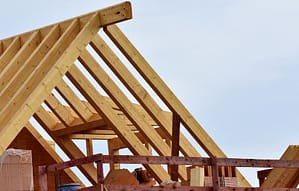 Regular maintenance is essential for prolonging the life of your roof. As a homeowner, it is important to understand the importance of regular roof inspections. A well-maintained roof not only protects your home and investment but also ensures the safety of those living under it. Regular inspections help identify small issues before they become major problems that can lead to costly repairs. Routine maintenance can prevent leaks, water damage, and other issues that can compromise the structural integrity of your roof.
Regular maintenance is essential for prolonging the life of your roof. As a homeowner, it is important to understand the importance of regular roof inspections. A well-maintained roof not only protects your home and investment but also ensures the safety of those living under it. Regular inspections help identify small issues before they become major problems that can lead to costly repairs. Routine maintenance can prevent leaks, water damage, and other issues that can compromise the structural integrity of your roof.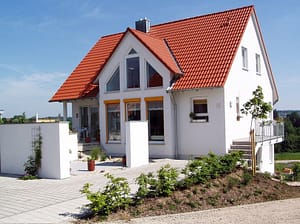 One of the key reasons why regular roof inspections are important is to protect your home’s structural integrity. Your roof is a crucial component of your home’s structure, and any damage to it can lead to a range of problems that can compromise the entire building’s stability. During a regular roof inspection, a professional will thoroughly inspect the roof for any signs of damage, including cracks, leaks, and missing shingles. They will also check the underlying structure for any signs of rot or deterioration.
One of the key reasons why regular roof inspections are important is to protect your home’s structural integrity. Your roof is a crucial component of your home’s structure, and any damage to it can lead to a range of problems that can compromise the entire building’s stability. During a regular roof inspection, a professional will thoroughly inspect the roof for any signs of damage, including cracks, leaks, and missing shingles. They will also check the underlying structure for any signs of rot or deterioration. One of the most important things to consider when house hunting is your budget and price range. It’s crucial to clearly understand what you can afford before you start looking at properties. Setting a realistic price range will help narrow down your search and save time in the long run. However, don’t forget to consider additional expenses such as property taxes, home insurance, and maintenance costs.
One of the most important things to consider when house hunting is your budget and price range. It’s crucial to clearly understand what you can afford before you start looking at properties. Setting a realistic price range will help narrow down your search and save time in the long run. However, don’t forget to consider additional expenses such as property taxes, home insurance, and maintenance costs.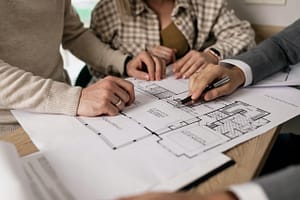 When looking for a new
When looking for a new